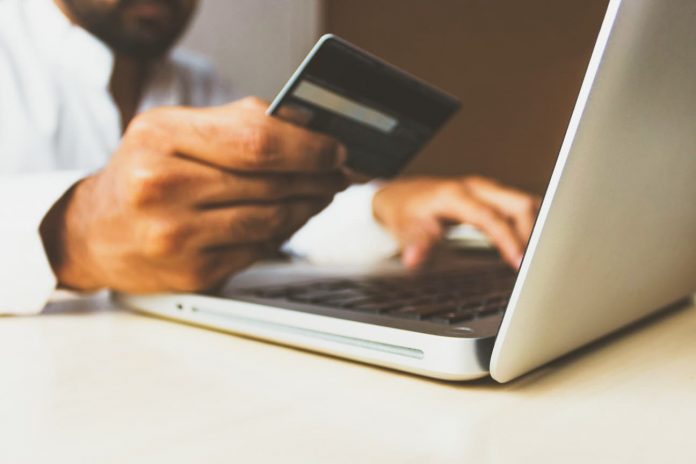You might have seen an ad on TV lately talking about PSD2. I took a step back when I saw it because it feels like years we’ve been talking about PSD2. The Second Payment Services Directive was devised back in 2015 and a year later I was actually working in the online team of a bank. That made this bunch of letters something I had to kind of understand. But five years later and it’s only really dribbled into our lives. Here’s what it’s all about and what that ad on the telly is about along with some plain English talk about PSD2.
What Is PSD2?
PSD2 was devised to benefit consumers. Yep, people like you. The idea was to remove the mysteries and dangers of using payment cards and bank details in modern ways. Basically, online and with online services. One recent development was Revolut announcing you could manage other bank accounts within their app. A nice development considering many banking apps are muck.
The future of PSD2 should mean additional services like budging apps will let you plug your banking details in. For example, if there is a mortgage comparison website, you should be able to link your details and have the website notify you of better rates and when you should swap banks.
However, the TV right now is about something else. Something rather important in the world of COVID-19. It’s about shopping online.
Shopping Online From January 1st 2021
While PSD2 was to make boring banking easier, it’s also designed to make your money safer online. This is for shopping in Ireland and also when shopping cross-border in Europe. With Brexit and all that jazz, this is another nod towards a seismic shift in where Irish money gets spent. Naturally, Irish e-commerce will continue to grow but the EU expects to see the Digital Single Market develop too. This is the reason data roaming has become genuinely quite good and why you can stream SkyGo and RTÉ Player when you travel. Well, that’s if RTÉ Player works in general.
From January 1st 2021 there will be additional security when checking out online. This is called Strong Customer Authentication (SCA).
What Is Strong Customer Authentication?
SCA has a simple goal. Increase the security of online shopping by requiring an additional layer of verification. This is also known as two-factor authentication. When checking out after January 2021, you will need to verify yourself in two ways to confirm you are authorised to use the payment details. SCA will be required when you want to access online payment accounts or when buying something online.
You’ll be able to verify your ownership of the account with:
- something you know: for example a pin number
- something you have: a card reader or mobile phone
- something you are: a fingerprint
You might not recognise these but for “something you have”, many banks are already using “One Time Passwords”. This is when you receive a text message while checking out. Revolut has a really nice way of doing this where you open their app to confirm you are the one making the payment.
Other banks will be setting up ways of verifying you another way too. For example, KBC will need you to set up an ecommerce pin and without this paying online from January 2021 might not be possible.
So whoever your bank is, look into what you need to do. With online shopping more important than ever, you want to make sure you stay connected in 2021.

